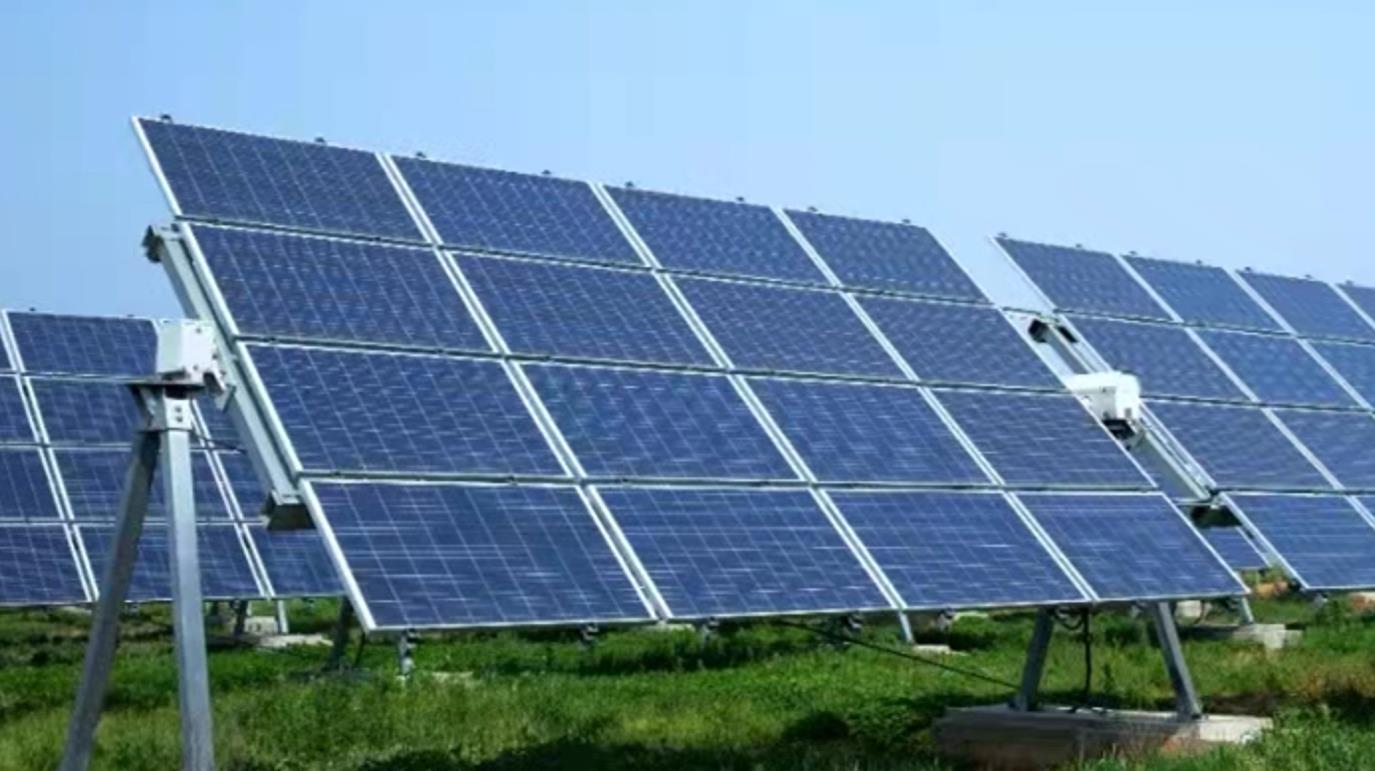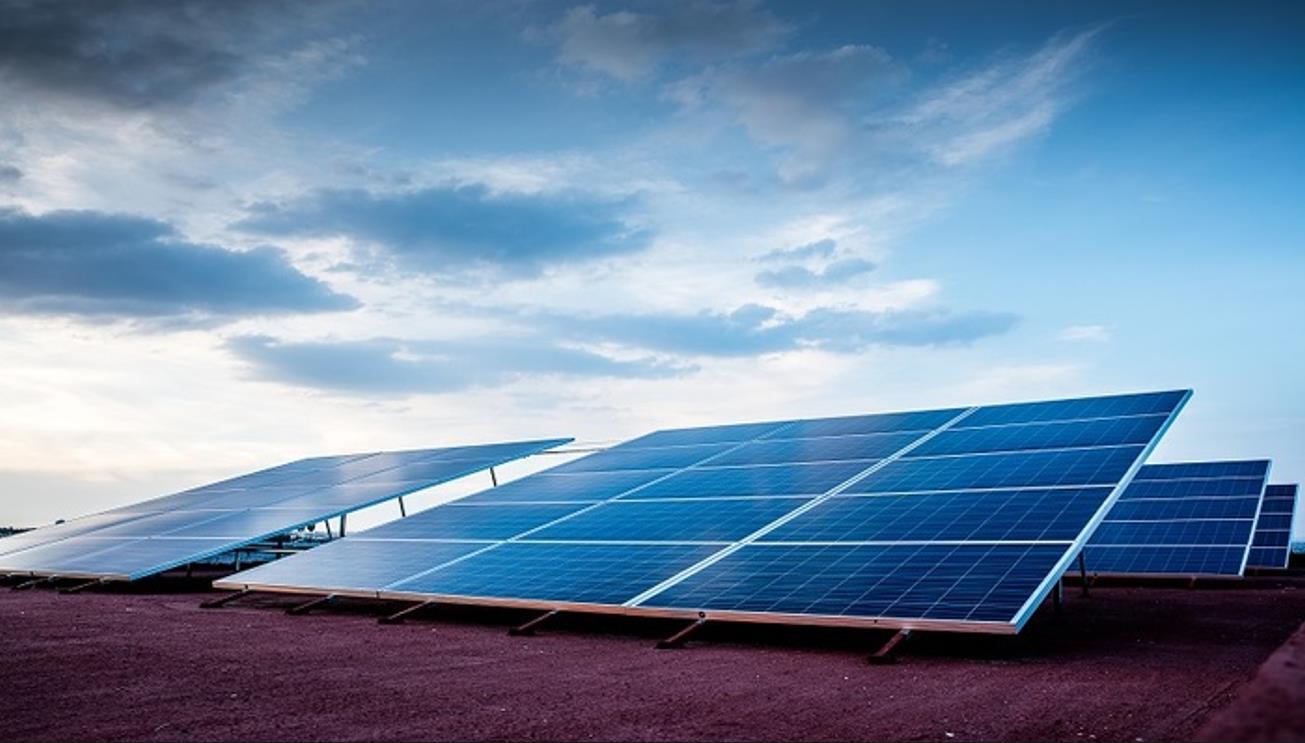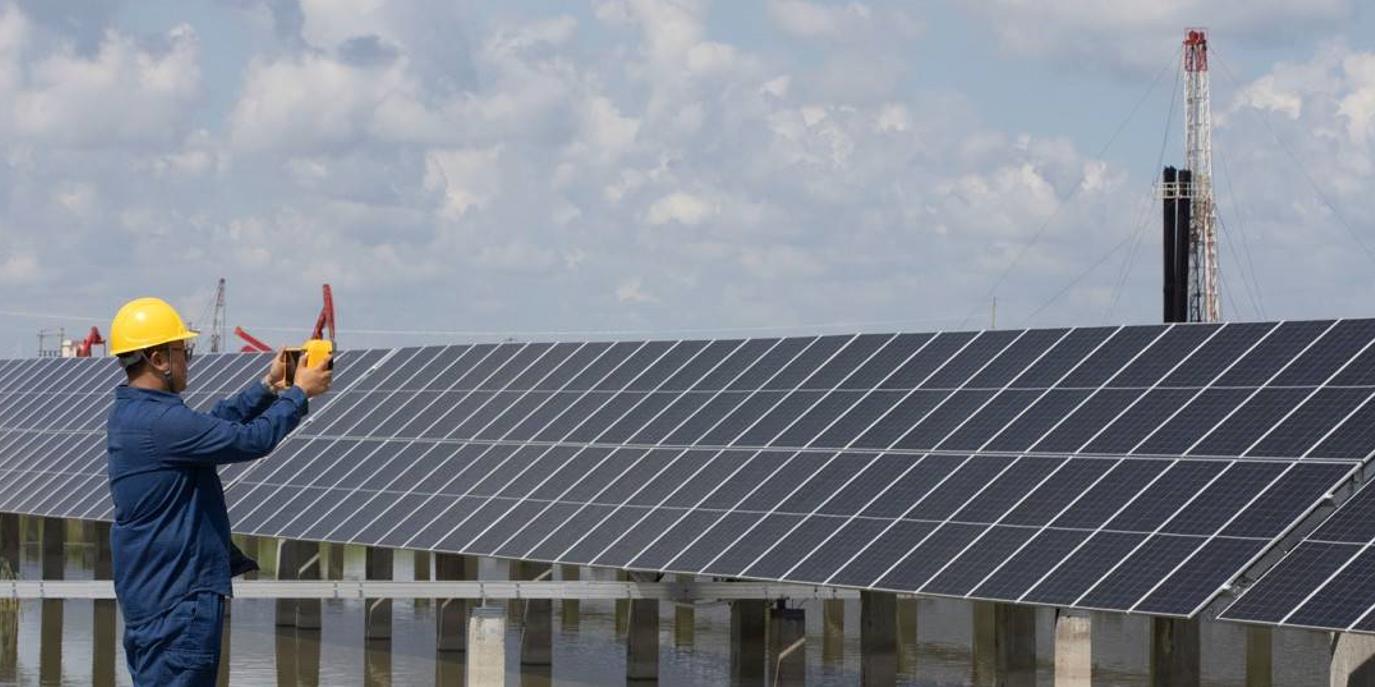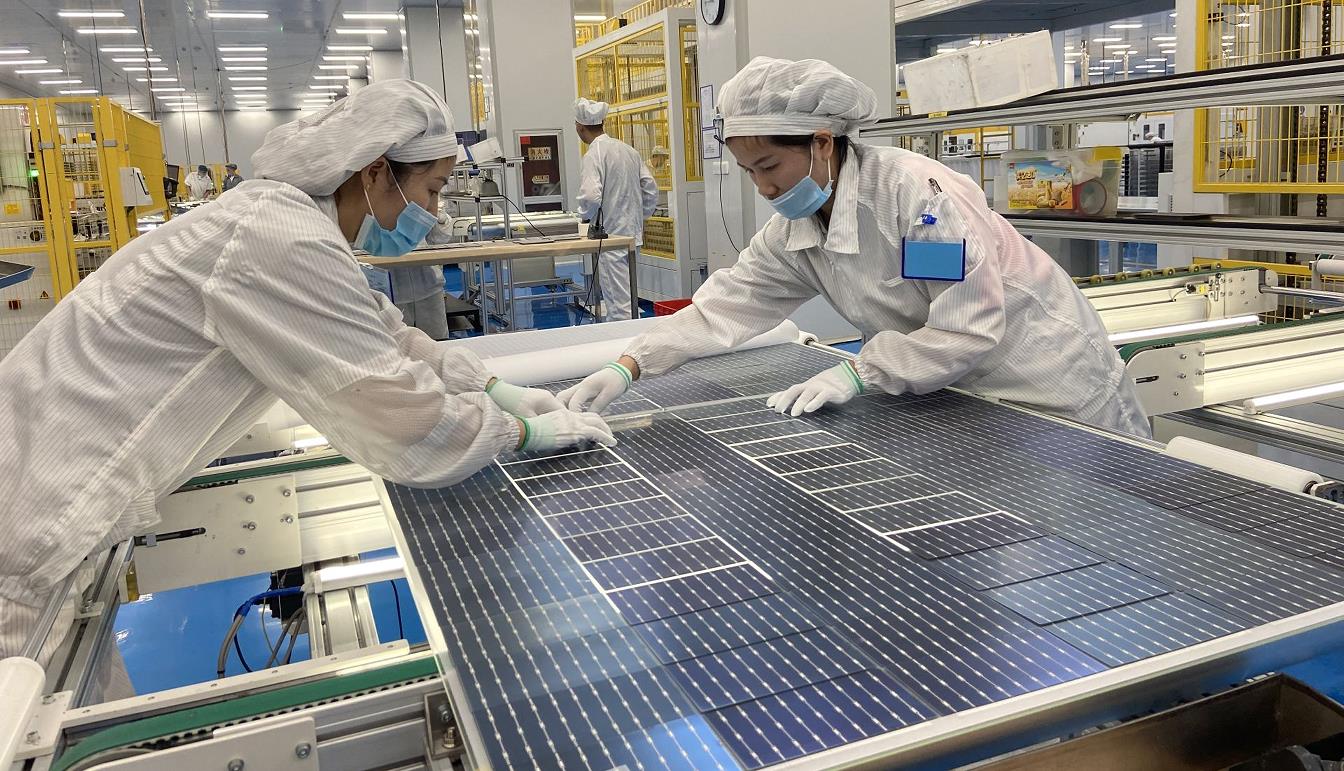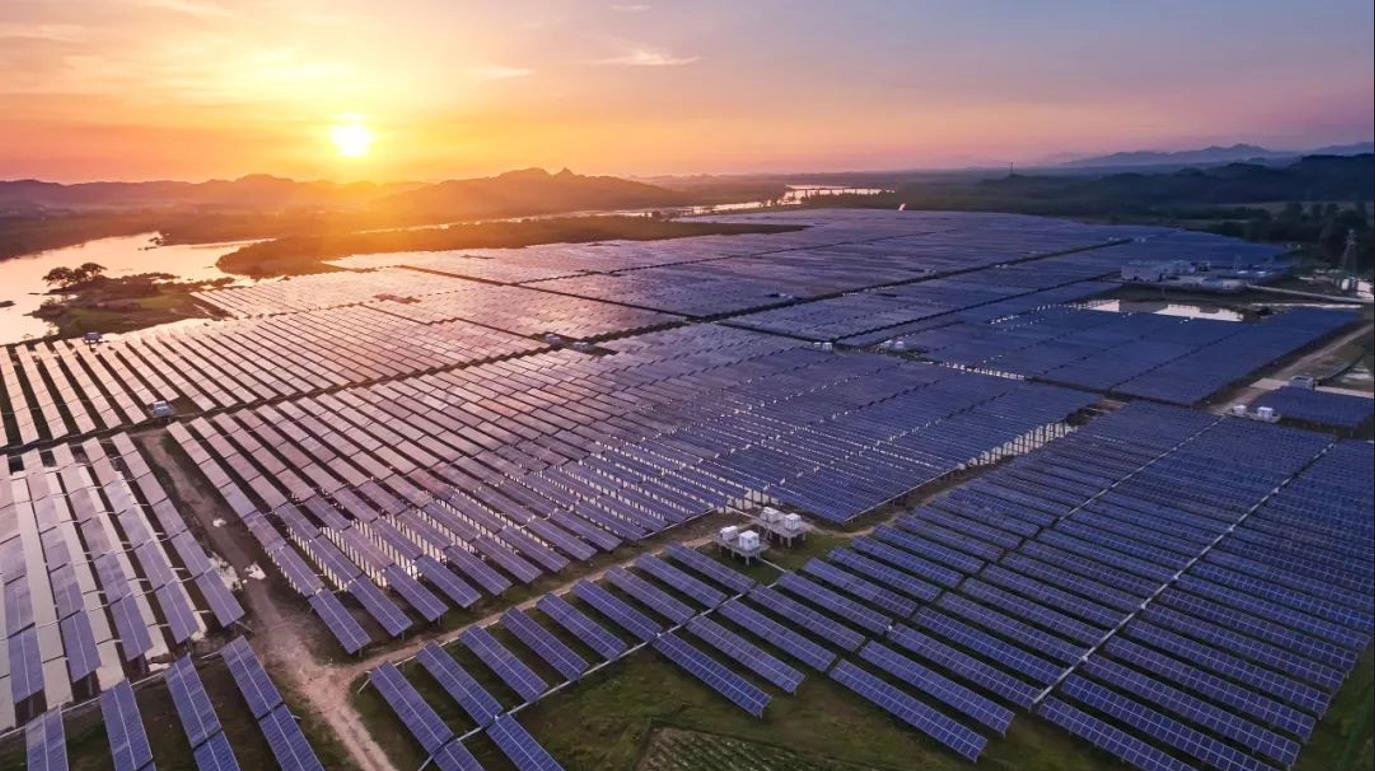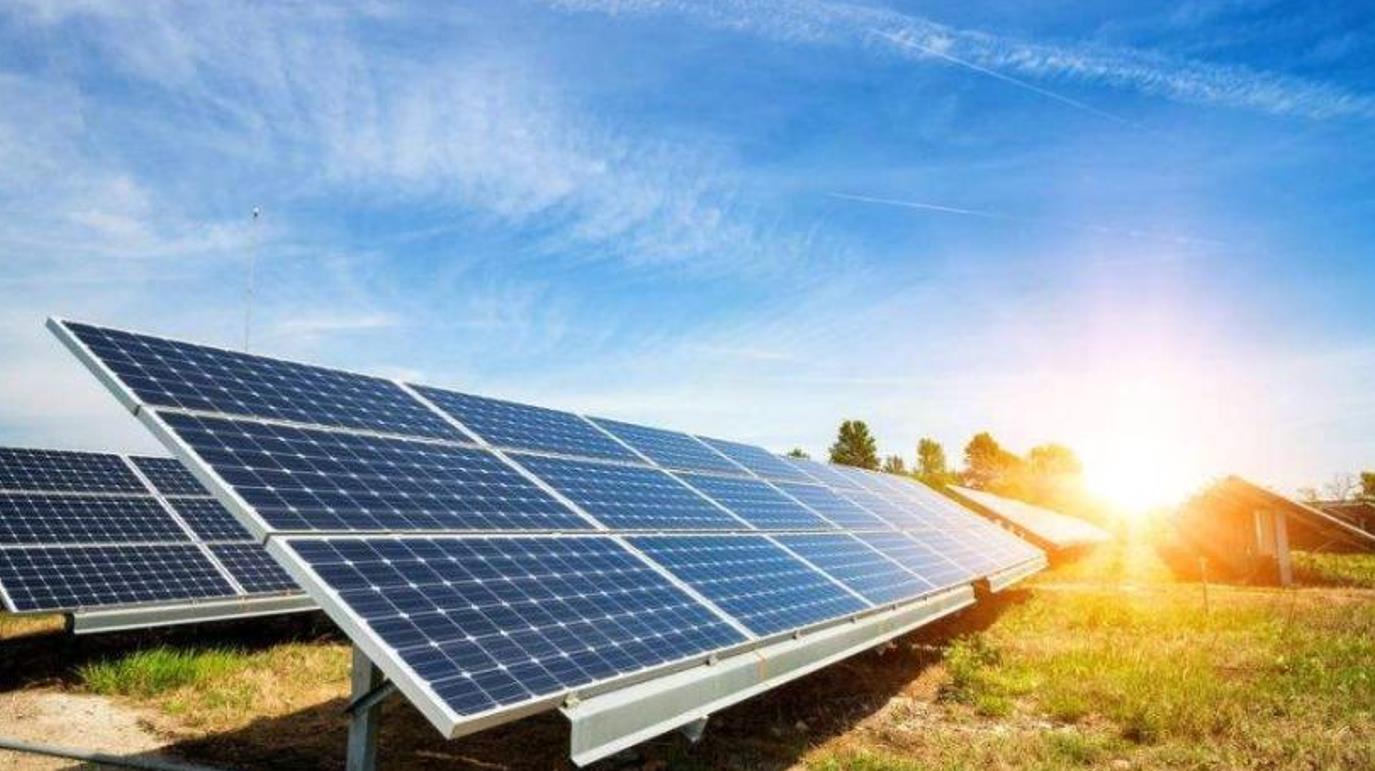Recently, it was learned from photovoltaic dealers that, affected by the two new regulations of the photovoltaic industry, “4.30″ and “5.31″, some distributed photovoltaic companies and platforms have conveyed the news of “lowering the installation fee price” to the channels. At the same time, photovoltaic companies and platforms have also adjusted the household rental settlement price. An agent engaged in household photovoltaics in Jiangsu told that the platform previously gave him an installation fee of 1,000 yuan/block, which has now been reduced by nearly 40%. At the same time, the rental settlement price given to users by investors has also been greatly adjusted. According to the aforementioned agent, in Jiangsu, the rent given to users by the brand he represented was 50 yuan/block for the first ten years and 30 yuan/block for the next fifteen years; after June 1, it was adjusted to 30 yuan/year for the first ten years, 50 yuan/year for the eleventh to twenty years, and 80 yuan/year for the last five years.
According to the latest developments, due to different regional light intensity and different types of installed roofs, the rents that farmers can get for components are not exactly the same, mostly 40-60 yuan/piece/year, and the lease period is mostly 25 years. Affected by the power attenuation of the power station, the rents in the early and late stages of the project are also different. As for the extent of the rent reduction, according to the market manager of the aforementioned distributed photovoltaic enterprise, the basis for the price reduction of each enterprise is similar, mainly considering the three factors of the duration of light in the area (power generation), electricity price, and consumption. The price reduction in areas with better returns is smaller, and vice versa. “At present, the household photovoltaic market can be roughly divided into three types of regions.” According to the market manager, Class A areas such as Beijing, Guangdong, Jiangsu, Zhejiang and Shanghai have average light, good consumption, and high electricity prices, and the price reduction is expected to be the smallest; Class B areas have relatively balanced light, electricity prices, and consumption, and the price reduction is larger; Class C areas have good light in most areas and poor consumption, and the price reduction is expected to be larger.
Household photovoltaics is a type of distributed photovoltaics, which means placing photovoltaic panels on the top floor or in the courtyard of a family home, using low-power or micro-inverters for commutation, and directly utilizing the new energy, or integrating excess electricity into the grid. Its leasing model involves multiple links, mainly investors, platforms, agents, salesmen and farmers. Previously, the business model was that investors invested in building distributed photovoltaic power stations, and gave a certain installation fee to subcontract the promotion links to platforms, agents, and salesmen in turn, and finally connected to farmers. Farmers rented out their own roofs to install photovoltaic panels and could charge a certain rent.
This model has also rapidly increased the amount of household photovoltaic installations, and problems such as insufficient regional grid-connected capacity have also been highlighted. Against this background, on January 17, the National Energy Administration officially issued the “Management Measures for the Development and Construction of Distributed Photovoltaic Power Generation”; on February 9, the National Development and Reform Commission and the National Energy Administration jointly issued the “Notice on Deepening the Market-oriented Reform of New Energy Grid-connected Electricity Prices and Promoting the High-quality Development of New Energy”, which proposed to promote the entry of all new energy grid-connected electricity such as wind power and solar power generation into the power market, and the grid-connected electricity price will be formed through market transactions: Sibu established a price settlement mechanism to support the sustainable development of new energy, distinguished between existing and incremental projects, and implemented policies in a classified manner to promote the high-quality development of the industry.
For us, Multifit, we need to seize this opportunity and take advantage of the continuous expansion of the photovoltaic market to introduce our photovoltaic equipment and photovoltaic cleaning equipment to our potential customers, so that they can familiarize themselves with the performance and quality of our products, and ultimately place successful orders. And actively participate in domestic and international exhibitions, for example, at this year’s 136th Canton Fair, we sent a luxurious lineup to participate in the exhibition. At this Canton Fair, we fully demonstrate our latest products to these potential customers and seize these opportunities that allow our end customers to experience our products for the first time.
Post time: Apr-24-2025


